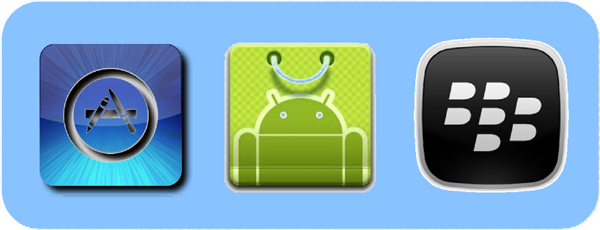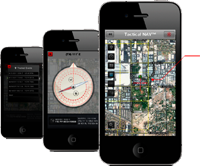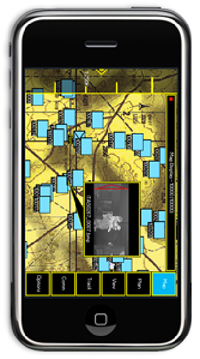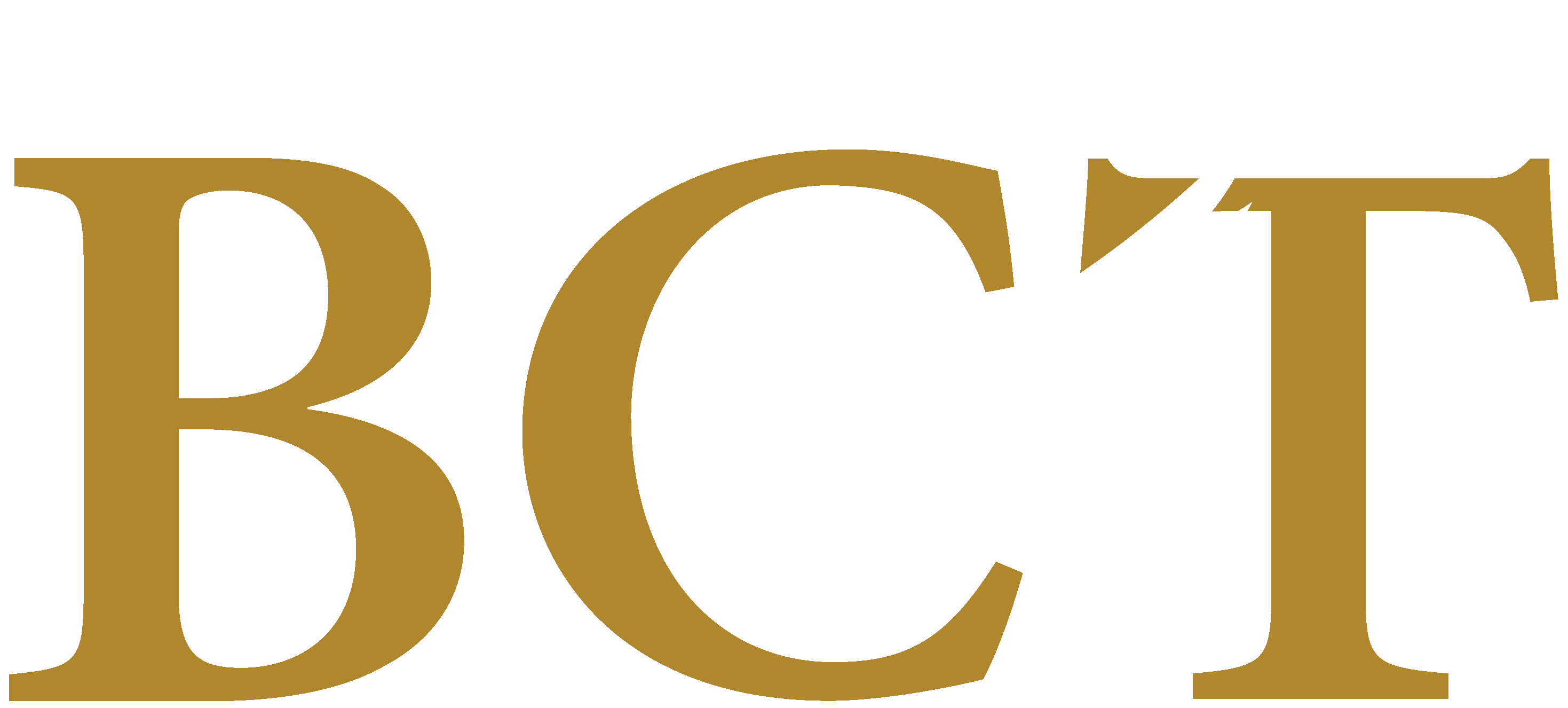Mobile Applications

Beyond traditional mobile phone usage, users of mobile computing are embracing new, networked software applications on a variety of mobile devices including phones and tablets at the fastest pace in history. In the commercial environment, many consumers are finding their online usage rising dramatically with 24x7 mobile wireless accesses to "cloud-based" applications, delivering them access to the Internet from anywhere, with access to their personal desktop, email, office applications, data, voice, and video.
Standard Applications
Apple iOS, Google Android, and RIM Blackberry all come with an initial complement of standard applications. Some examples include the fairly standard items discussed in the following paragraphs. As you read these, keep in mind that many of these are enabled by powerful back-end services and data bases accessed over the wireless network.
Messaging. Messaging was an early application for mobile computing. Current applications include electronic mail (email), text messages, chat, tweets, multimedia messages, and similar communications. The email applications support all current protocols including IMAP4, POP3, and Exchange with server-push capabilities.
Web. Mobile access to web sites provides users with ready access to most of their information services, including information, multimedia, and many web-enabled applications. Many web sites are designed to offer content packaged specifically for mobile devices.
Clock. Network synchronized time and date service replaces the need for conventional wristwatches, and offers additional conveniences such as multiple time-zones, alarms, and stop-watch timers.
Calendar. Electronic calendars replace conventional datebooks to manage daily events, and are often integrated with calendar servers such as Exchange. Additional capabilities include the ability to receive and send meeting invitations among users.
Notes. The convenience of electronic notes provides multiple workplace efficiencies, including collaboration and document development.
Calculator. Included electronic calculators provide on-the-spot computation assistance.
Camera. Integrated cameras provide portable capabilities for both still and video imaging. Since pictures can quickly convey detailed information they are useful for activities such as site-surveys, collaboration, and status reports.
Books. Current electronic book products provide convenient and powerful document storage, retrieval, and reading capabilities for a wide variety of portable manuals and reference material.
Maps. Satellite-enabled location services with integrated maps provide precision navigation and positioning services.
Search. Search applications provide mobile-optimized access to networked search services.
Entertainment. Entertainment applications including audio and video players provide powerful tools for portable education, training, and off-line communications, e.g., Podcasts.
Custom Applications
All three of our representative mobile computing platforms provide the capabilities for large numbers of custom applications for work-place automation and efficiencies. The ease and speed with which new applications for general and niche markets can be created and marketed is significant. Some examples include the following.
News. News applications offer presentations of headlines and high-lights in formats that are optimized for mobile devices.
Point of Sale. Commercial Point of sale systems include integrated product code scanners and credit-card readers for portable check-out, eliminating the need for conventional cash registers and counters.
Asset Control. Portable scanners can track the location of accountable assets facilitating logistics, shipping, distribution, and supply functions.
Social Media. Custom applications are optimized for specific Social Media facilitating on-the-go access and updates for collaboration.
Translation. Applications to provide mobile on-demand language translation of entered text for specific foreign languages.
Games/Reading. Applications to occupy the odd moments of the day (riding the subway, waiting for a plane) are proliferating at breakneck pace.
Examples of Custom Apps
Tactical Nav: an iPhone Made by a Soldier

Tactical Nav is an iPhone app that helps soldiers in mapping, plotting, and photographing waypoints on the field of battle. It works like a wartime location-based service, conveying coordinates to supporting units. Tactical Nav uses the phone's camera and GPS to do things like call in air support, direct artillery file, and relay information to others using the app. Using a gridded map, it also recognizes specific latitude and longitude coordinates. Tactical Nav was created by an Army Captain for his use while deployed to Afghanistan with the 101st Airborne.
Raytheon Military iPhone Apps

Raytheon developed a situational awareness application based on military messaging standards to provide multimedia access, audio and textual point of interest, free text messaging, collaborative planning, spot reports and emergency call for fire. Designed for iPhone and iPod touch for use in military, tactical intelligence, law enforcement, and public safety environments where access to live, real-time information is essential.
Game-Changers
The evolution of technology in the marketplace is driven through a natural-selection process in which products with the most compelling utility win out over less efficient predecessors. Examples include the Microsoft Excel spreadsheet application, Facebook, GPS navigation, Google Search, among others. We are seeing the evolution and interdependency of social media and mobile computing fundamentally changing how people communicate. Mobile devices are evolving as remote controls for continually expanding types of real-time, cloud-based services including emerging location-based services, creating opportunities and dislocations, empowering consumers. Apple's SIRI on the iPhone is a recent game-changing application that redefines the man-machine interface by the use of integrated voice recognition software.







